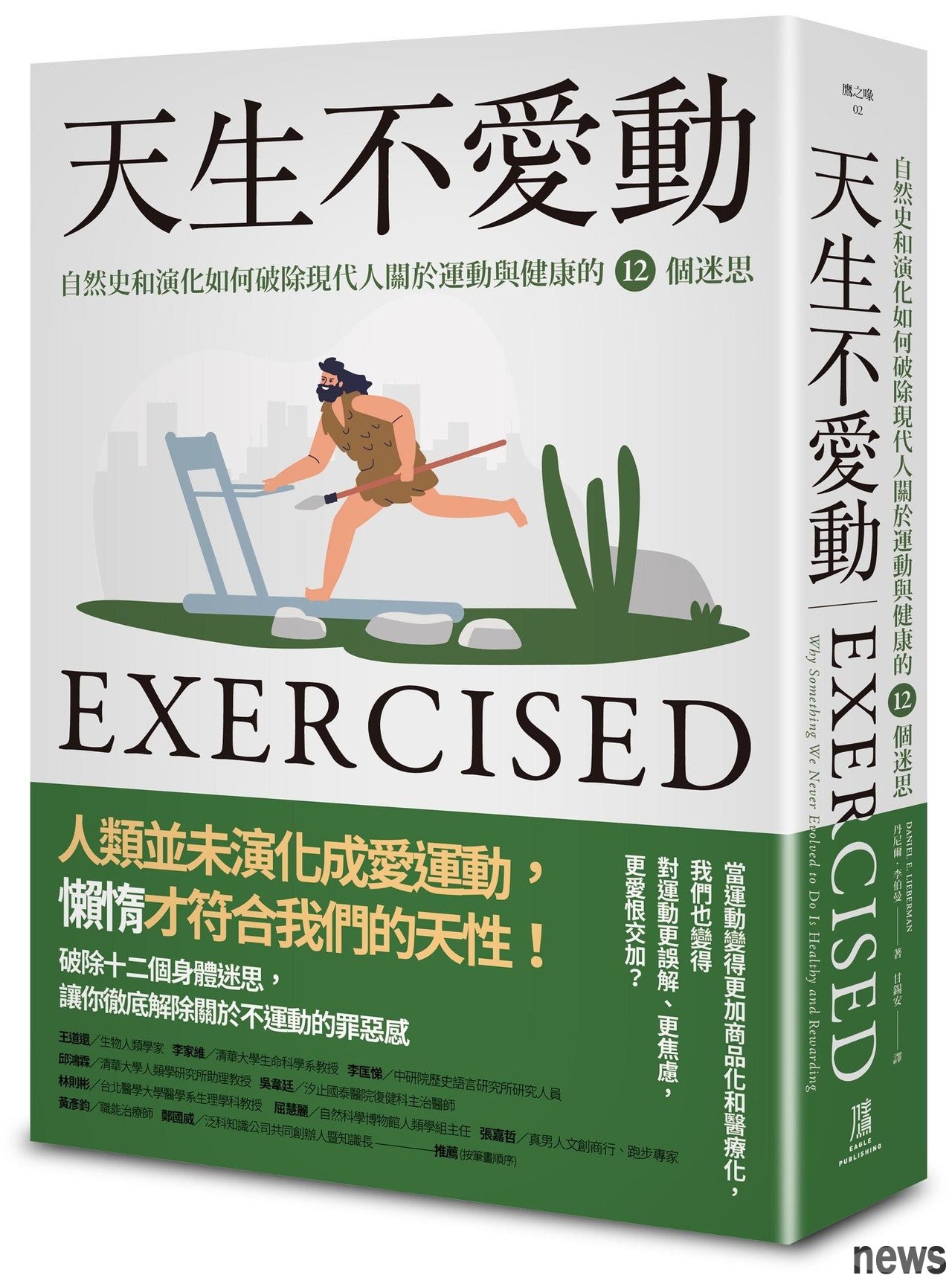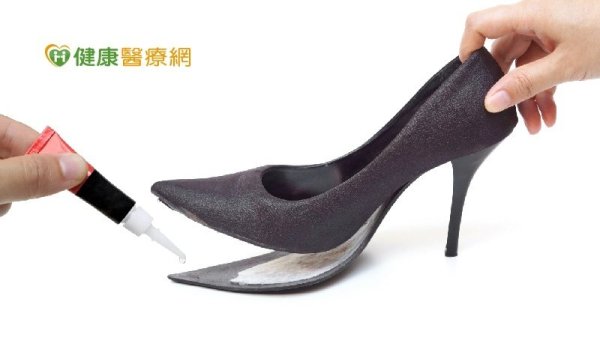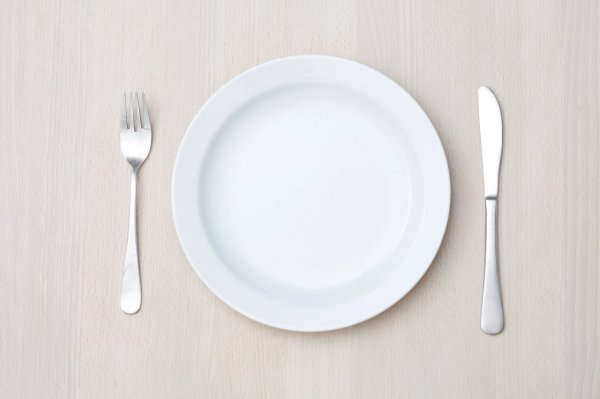Do you want to age healthily or prolong the disease? Harvard professor reveals three key factors
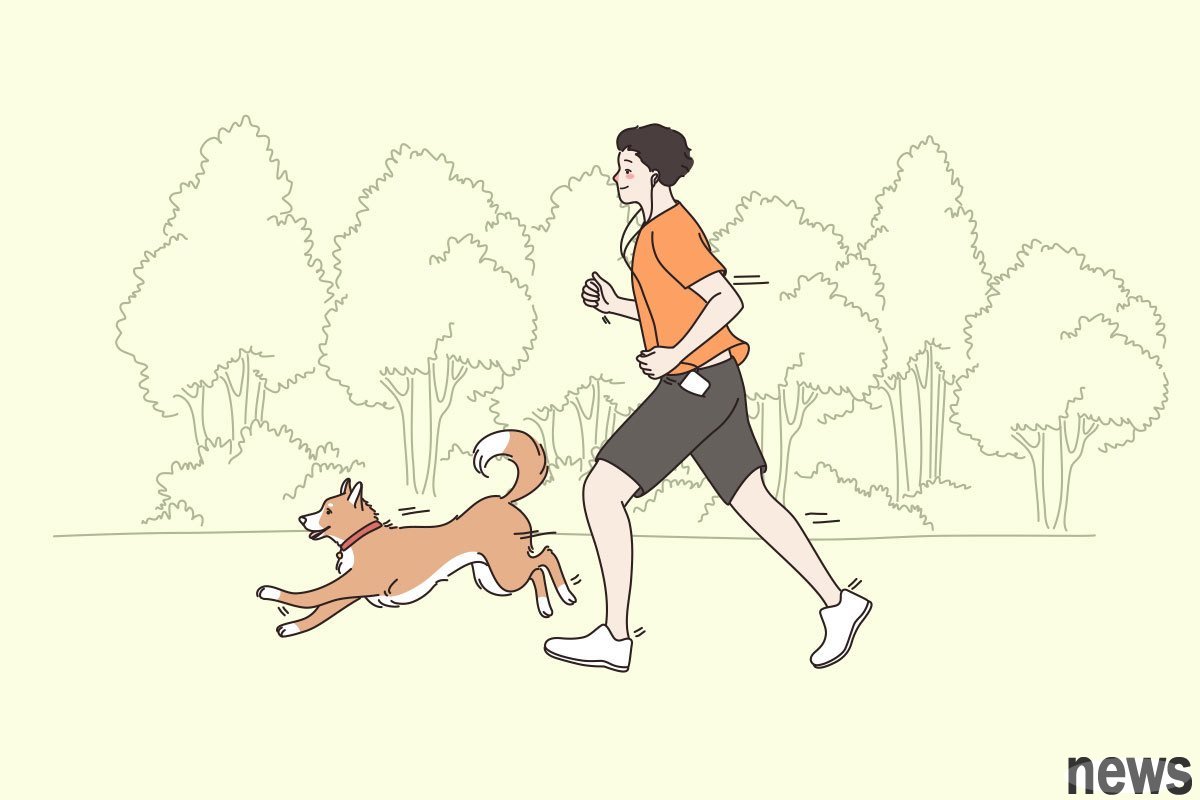 ▌The disease state is prolonged or reduced
▌The disease state is prolonged or reduced When I was in high school, the school stipulated that we must choose health education to replace the first-year physical education class. In this class, we didn't have to climb or play basketball, but went to the dim classroom next to the school sports hall. Then an obese and red-faced teacher walked up the aisle, his thumb stuffed under the hanging belt, and he spoke in a loud voice to teach health knowledge. I don't remember what he said or what advice he said, but he claimed to tell from his earlobe that we have smoked marijuana and that 90% of smokers will die of lung cancer. A self-righteous friend (my friend, really not me) asked if anyone who had lung cancer would definitely die in the end. The teacher shouted no, only 90% of them would die. Later one day we went to class and the class teacher said that our health education teacher died of a heart attack, and his death accidentally gave us another class.
We all die for a certain reason, even for people who are active, eat well and pay close attention to health. In fact, even though we know that it should be exercised, people like Trump who are not exercised now live longer and healthier than before.
To evaluate this problem, we first carefully observe the probability relationship between death and disease. In most cases, the statistical numbers related to aging are concentrated in life, without considering the health period (time of good health and no illness). At the same time, a good way to consider life and health is to draw a graph of the Y axis based on time as the X axis and functional ability (a method for determining health status), as shown in Figure 28. Although healthy people sometimes get sick, their functional abilities are nearly 100%. Then at some point, age-related aging occurs, and functional ability decreases due to severe illness, which eventually leads to death.
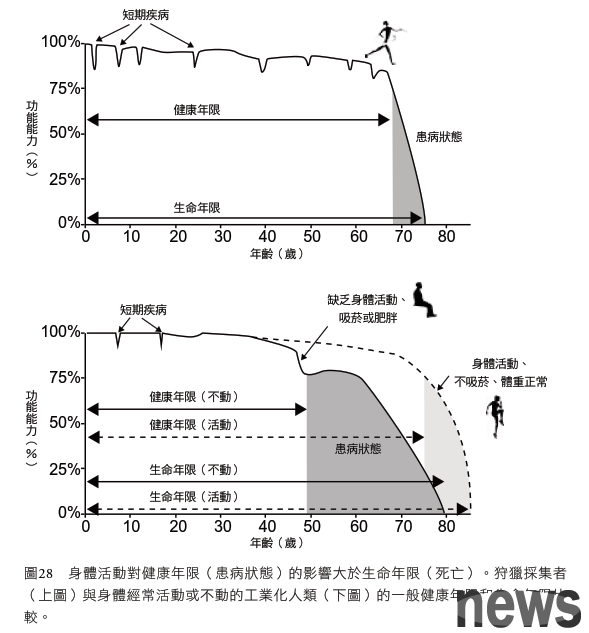
For tens of millions of times, if the general hunter collector has not died prematurely, his health and life years will probably look similar to the above picture in Figure 28. This picture is based on medical surveys conducted by hunting hunters, most of whom died from respiratory and infectious diseases, violence and accidents, and the incidence of long-term chronic non-infectious diseases is quite low. These data show that about two-thirds of older hunter collectors still have high functional abilities before death, not many people who are sick, and most people are still in their seventies. Therefore, their health and life are similar.
As can be seen from the following diagram in Figure 28, the impact of advances in public health and medical sciences on health and life years is good and bad. The bad news is that although the prevention and treatment of infectious diseases have made great progress, many people are now suffering from chronic non-infectious diseases and have been suffering from illness for many years before their death. In medical language, the long-term disease state before death is called "extension of morbidity". Among the Western ethnic groups, many people suffer from long-term illness and eventually die from heart disease, type 2 diabetes, Alzheimer's disease and chronic respiratory diseases, many also have degenerative joint inflammation, and an increasing number of autoimmune diseases. At least one in five people over the United States who are over 65 years old have normal or poor health. Despite the high prevalence rate, we still live much longer than our farming ancestors, and also a little longer than our hunting ancestors. The average life in the United States in 2018 was 78 years old, nearly twice as many as a hundred years ago.
More people live longer, but most die from chronic diseases rather than infectious diseases. This kind of change that prolongs the disease period is called "epidemiological transition" and is often seen as medical advancement. Isn’t it a blessing to not die quickly when you are young and die slowly from heart disease when you are old? This idea is wrong. My previous book, "Evolution of Human Body and Producing Diseases from Forests to Civilizations" mentioned that many of the diseases that make us slowly die now are mismatch diseases because humans are difficult to adapt to modern environmental conditions or inadequate adaptation, including smoking, obesity and inadequate physical activity. Although these diseases often occur in middle age, they are considered to be aging diseases, but they are not caused by age and should not be regarded as an inevitable result of aging. Many people live until they are old and do not suffer from these diseases, which rarely invade older hunters and many elderly people living in self-sufficient society.
If the aging disease that many people call is preventable, then the slow torture at the end of life can be avoided.
James, professor of medicine at Stanford University. James Fries pointed out in a famous study that preventive drugs can help humans live healthier and longer by squeezing the disease. Fries first conducted a large-scale study based on his initiative, and determined the lifespan, disability and three disease risk factors (hypertension, smoking and lack of exercise) of more than 2,300 Binzhou University alumni. As you can imagine, the death age of alumni with a risk factor exceeds the age of two, three years earlier than the death of alumni with zero or one risk factor. Six to Three. Nine years. More importantly, there are five more periods of disability before their death. Eight to Eight. Three years. To put it simply, an unhealthy lifestyle has a twice as much impact on diseased conditions than death.Fries' during the disease pressure model (see Figure 28 below) helps us to think about the effects of body activities on aging. In short, for the main diseases that lead to the death of most people in Western society, long-term lack of physical activity, smoking and excessive physical fat are the three major factors that affect the chances of suffering and time.. Although two-thirds of deaths in the U.S. population are dying from heart disease, cancer or mediocrity, the more basic causes of these diseases are mostly smoking, obesity and lack of physical activity.
{twenty three} {twenty four}
People who lack activity are usually too heavy and sometimes smoke, so it is difficult to determine the impact of physical activity itself on disease status and death. The purpose of Stanford Runners' research is to understand this, and the host of this research is still Fries. In 1984, he and his students began studying more than 500 members of the industry and more than 400 healthy but lacking physical activities. At that time, the subjects of these studies were over fifty years old and were healthy. Few people smoked, no one was drunk, and no one was obese. In the following twenty-one years, Fries and others patiently recorded the physical activity habits of each research subject, conducted a disability questionnaire once a year, determined the ability to walk, dress and perform daily activities, and recorded the year of death and the cause of death when someone died.
Fries and others have to wait twenty years to know the results, but I have summarized the results in Figure 29, which are worthy of careful study. The upper picture shows the relationship between runners and non-runners in a given annual survival rate and time. The following picture shows the relationship between disability and time. As can be seen from the picture, healthy non-runners' mortality rate increases faster than runners, and at the end of the study, the chance of death in a given year is three times higher than that of runners. In terms of cause of death, non-runners are twice as likely to die from heart disease than runners, twice as likely to die from cancer, and three times as likely to die from neurologic diseases. In addition, the chances of non-runners dying from infections such as pneumonia are more than ten times. Also important, the disability score in the figure below indicates that the non-runner's functional ability loss rate is twice that of the runner. At the end of the study, non-runners had disability scores twice that of runners, meaning that in this regard, the runners were about fifteen years old. In short, running can reduce the disease state and prolong life.
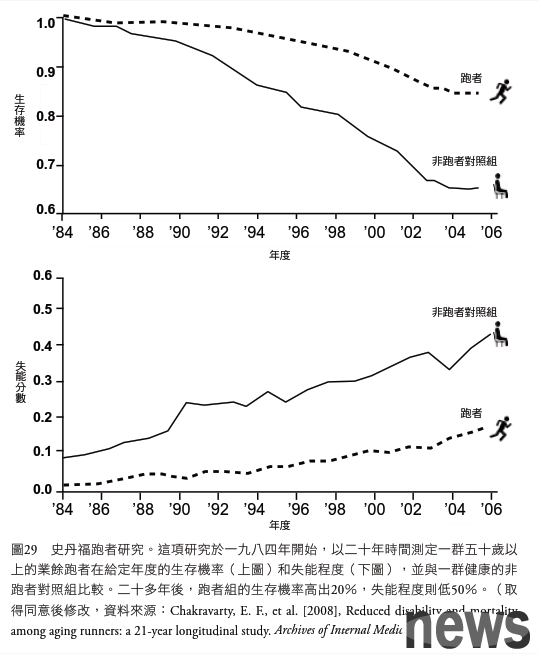
Hippoclatis should have predicted that other studies on the effects of body activities on disease state and death also resulted in roughly the same. However, this does not mean that physical activities are definitely the source of youth, and don’t forget that it cannot prevent aging and delay death. But physical activity can indeed trigger many mechanisms to prevent aging and prevent many chronic diseases that lead to death at any time, and increase the chances of maintaining health over the years. This reasoning brings three very important conclusions to help us explain why Trump doesn’t like sports and is too heavy, but dies without being young.
First and most basic, the statistical numbers of death and disease status I have reported are both chances. Dietary fitness and exercise do not guarantee long-term health and good health, but can only reduce the risk of illness. According to the same concept, smokers are at a higher risk of lung cancer, and those with poor physical condition or obesity are more likely to suffer from heart disease or diabetes, but many people do not suffer from the disease.
Secondly, medical progress is changing the relationship between disease and death. Diabetes, heart disease and certain cancers are no longer incurable diseases, but can be treated or controlled for many years with drugs that maintain blood sugar, reduce harmful sterols, lower blood pressure and fight dysfunctional cells. In Trump's case, he said that normal blood pressure and calculating steroids may mean that the drugs he takes lowered these risk factors.
Finally, many complex environmental and historical factors may affect the chance of a certain disease, so it is difficult to clear the causal relationship. Two-birth research found that only 20% of the long-term living to the age of 80 are due to genes. However, if we live to that age, genes will become more important in determining whether we can become a century-old Ryushi. However, this does not mean that the role of genes in disease is not important. Transient changes affect many chronic diseases, such as coronary disease, heart arrhythmia, type 2 diabetes, inflammatory tract disease and Alzheimer's disease. In these diseases, the gene is responsible for installing the plug, but pulling the puller is the environment. In addition, most of these diseases usually have few genes and have very little impact. I may have passed hundreds of genes that increase the chances of heart disease, but each gene has little to do with my illness.
Medical science has made us more and more progress in maintaining vitality as we grow older, but in fact, the best advice for maintaining health as we grow older has not changed for hundreds of years: don’t smoke, avoid obesity, eat well, and of course, you should also be active regularly.
※ This article is excerpted from "Born of No Love: How Natural History and Evolution Can Break the 12 Myths of Modern People on Sports and Health"."Born of No Love: How Natural History and Evolution Destroy 12 Myths of Modern People About Sports and Health"
Author: Dannyer. Li Boman
Translator: Gansuan
Publisher: Hei Publishing
Publication Date: 2021/12/28
